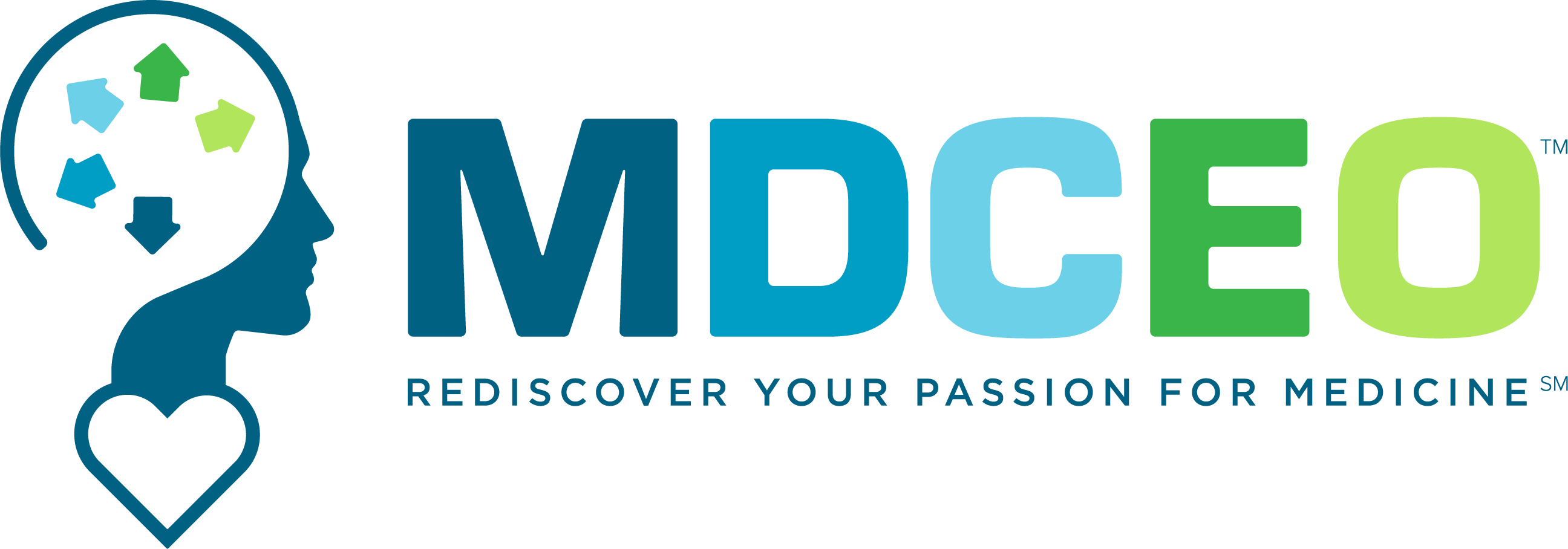September 11, 2024: The Challenge of Complex Care Management Part B
Moving from Fee for Service to Prospective Payment in Primary Care: Advanced Primary Care: The Future of Primary Care – Part 20

The CMS requirements and unintended consequences.
In the typical FFS ACO, one of the previous core metrics that CMS has offered is the percent of patient enrolled in care management. That metric drives care managers to “enroll” patients within the ACO by completing an intake process. The payment associated with that metric was tied to the percent of the population enrolled in a measurement period.
So how does this work in the real world? With that as the primary incentive to drive the ACO bonus payment then the nurses are asked to enroll as many patients as possible, regardless of risk, need or outcome. Enrolling patients is the focus, not the actuation of patients to follow their care plan, nor the engagement of the patient with the CM nurse or their care team. The result is a churn of patients with brief stints with care managers, then being discharged back to their own devices whether or not they have actually changed behaviors in a meaningful way. Nurses asked to work this way are keenly aware that they are not able to build relationships effectively nor are they always proactively seeking out those patients with the greatest need, as they are often the harder to engage. When volume is the primary metric, we see burnout and frustration wearing down these nurses from this moral injury.
The 2024 MIPS Quality Benchmarks continue to evolve with both process and outcomes measure with highly detailed definitions of each numerator and denominator that qualifies a system to gain a tic mark towards achieving the metric. The 466 potential measures boggle the mind and are largely process measures and a number of these measures are very targeted to specific actions (i.e., perform screening for social determinants of health, a charge submitted for advanced care planning, a plan of care after a fall). Nowhere is there a reward for reducing the health risk of the patient as a whole person. There is a nod to patient engagement with the Person Centered Primary Care Measure, which is one of the few measures that actually looks at a person’s relationship to their care team, and especially a care management nurse if they are high risk and are lucky enough to have a care manager embedded in their primary care team.
We so need fewer but better, more manageable metrics that focus on outcomes, lowering health risk and thus lowering costs. The complexity of data collection for 466 measures and even to know if they are accurate, is an enormous challenge. As a primary care physician, I want my care management nurse to work alongside me with my complex high-risk patients to help them understand their plan of care and adhere to it as much as possible, given the constraints of their life. The number of patients my care manager follows should be dependent on their complexity and the amount of engagement effort it takes to get them to change behavior in a positive way. This is where an accurate risk tool truly pays off – to both identify the best patients for care management but also to understand the workload posed by each of those patients.
Kathleen Dalton, RN, CCM, CMGT-BC Kathleen.Marie@converginghealth.com
Michael Tuggy, MD MTuggy@converginghealth.com
Scott Conard, MD Susan Lindstrom Laurence Bauer, MSW, MEd
scott@scottconard.com slindstrom@mypha.com laurence.bauer@gmail.com
